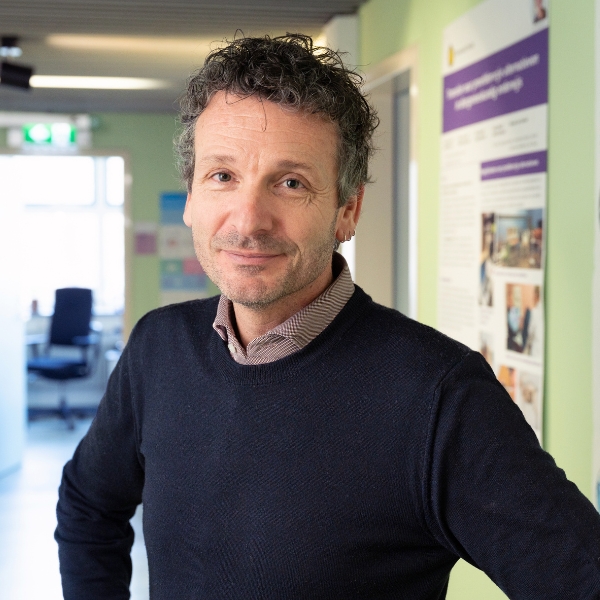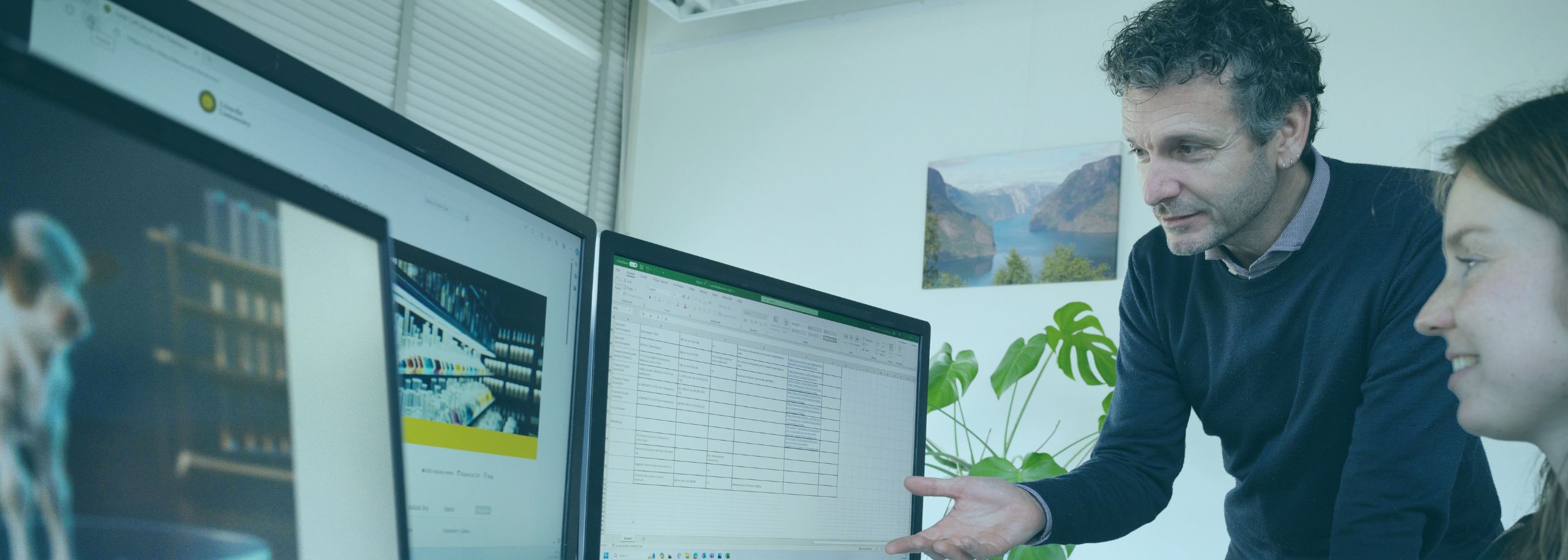Research labeled as animal-free is not always truly free of animal involvement. Cell biologist Jeffrey Bajramovic, director of the 3Rs Centre in Utrecht, knows this better than anyone else. From the centre, he is engaged in reducing, refining and replacing animal testing. For instance, he is now working on a database that should put an end to the invisible mouse suffering that unfortunately still often hides behind non-animal research methods. A pioneering project that we are only too happy to fund.
‘When you talk about reducing, refining and replacing laboratory animals, you have several flavours,’ Jeffrey explains. ‘You can do your test directly on a human, you can use computer models or you can choose cells in a culture dish.’ So at least researchers who opt for cultured cells are not using live animals and, as far as Jeffrey is concerned, are on the right track. But there is a problem: cell culture almost always uses animal material. The animals used to extract that material are officially not laboratory animals, but production animals.
Mini-organs do not grow by themselves
More and more organoids have been developed in recent years. These are, for example, clumps of heart, lung or brain cells that can be used as human mini-organs in research. Making such mini-organs is a complicated process in which researchers are making impressive progress, according to Jeffrey. ‘Such a growth process usually starts with stem cells, and like anything living, stem cells need the right nutrition and a living environment tuned to what they need to develop optimally.’
A bizarre situation
How researchers ever came up with it, he does not know exactly, but at some point it became clear that the spongy material that tumour cells make during their growth is a good habitat for stem cells. To obtain enough of this material, tumour cells are now injected into mice. ‘Obviously, extracting that material is particularly unpleasant for a mouse. Researchers grow that tumour, kill the mouse and remove the sponge from their bodies.’ This creates a bizarre situation: ‘We were reaching for stem cells to make experimental animals unnecessary and suddenly we needed production animals to make the 3D structure in which we grow those cells.’

“Animal-free methods that are not used are still not replacing mice. Through the database, we make the barrier to choosing alternatives as low as possible. I am convinced that this way we replace more mice than if we just educate and encourage.”
Jeffrey Bajramovic, cell biologist and director of the 3Rs Centre
Repurposing knowledge
The same situation Jan van der Valk, the predecessor of his at the 3Rs Centre, encountered earlier with a cell culture medium supplement extracted from the blood of calf foetuses. These foetuses come from cows that turn out to be pregnant at the time of slaughter. That, too, is as unpleasant as it sounds. Because researchers were not always able to find available alternatives to calf serum, Jan developed a database in which researchers could easily search and filter which alternatives were most suitable for their research designs. ‘So we already have the knowledge and experience to set up a good database and we are now going to redeploy it.’
Rather a database than a raised finger
Jeffrey sees a great need for such a database. ‘In fact, we only bring together what is already there, but that is precisely where there is a lot to be gained. After all, non-animal methods still do not replace mice. At the moment, it simply takes researchers too much time to sift through all available information from fellow researchers, and well-documented alternatives from commercial companies do not surface at all through the search systems that researchers use most often. By collecting everything that is out there and making it easily filterable, we make the barrier to choosing alternatives as low as possible. I am convinced that we end up replacing more mice with that than if we just educate and encourage.’

